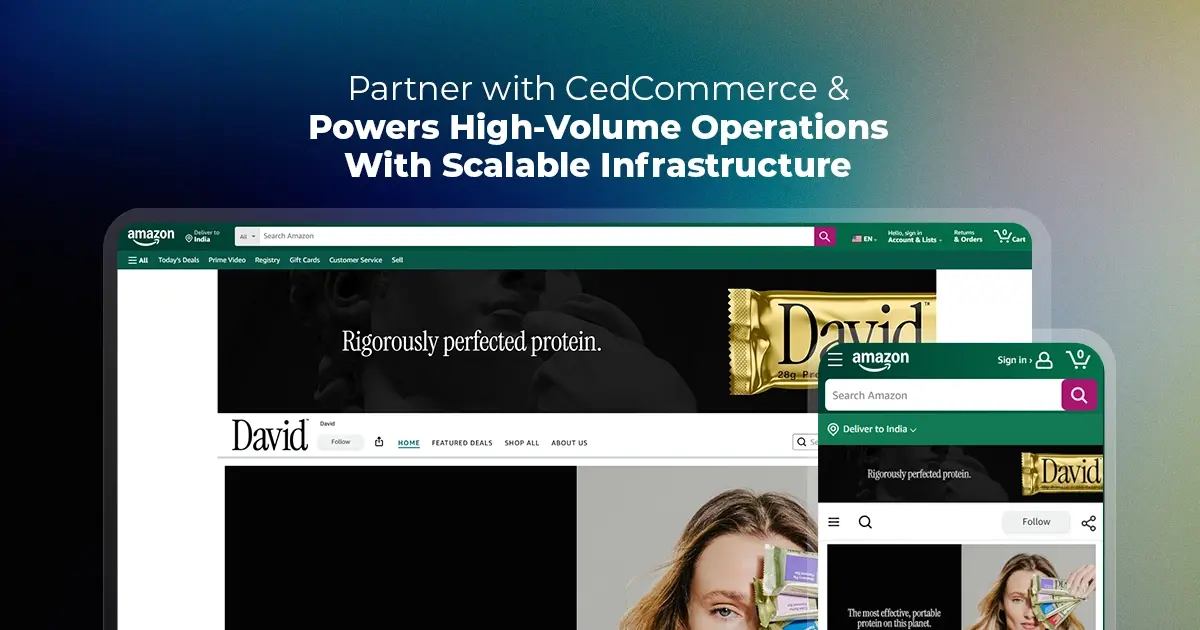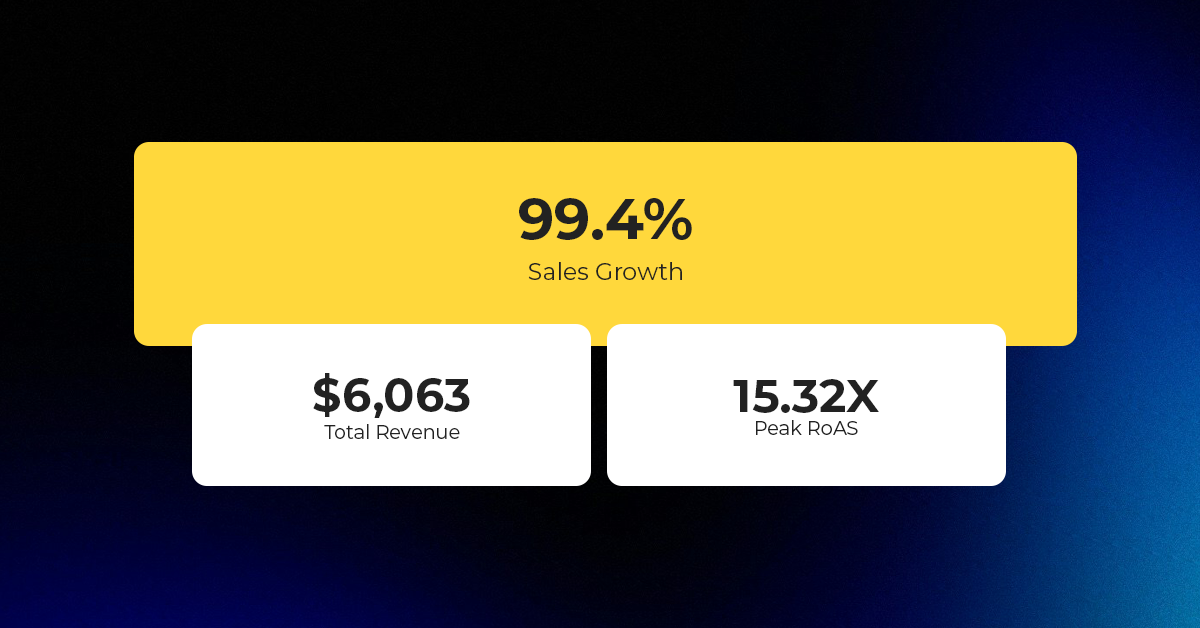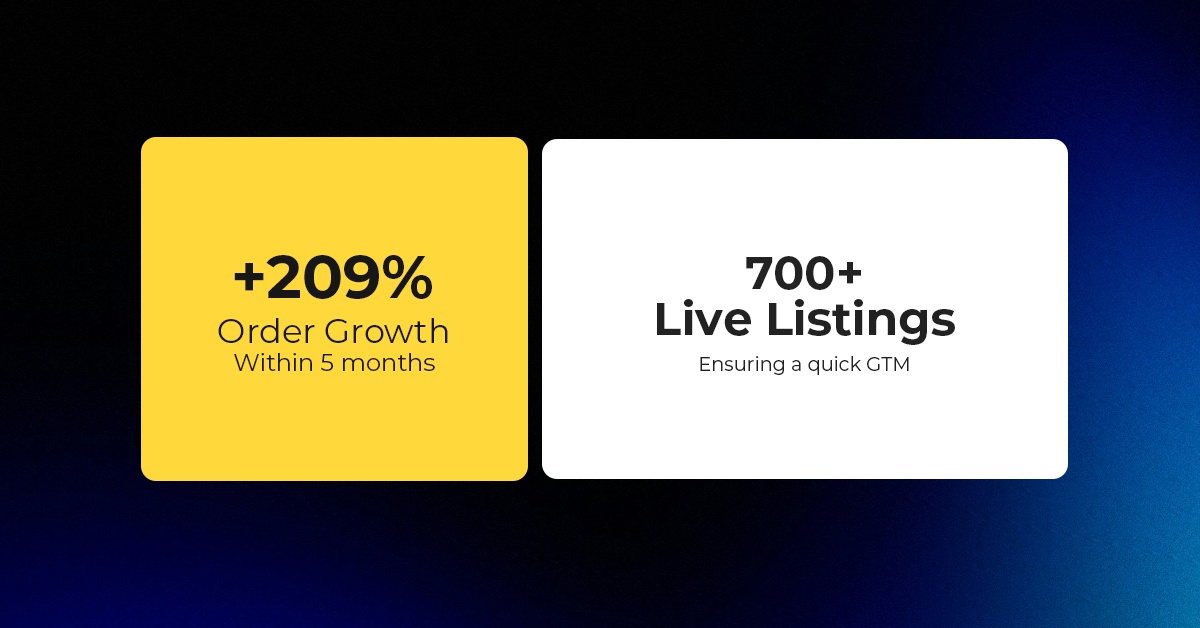Etsy Expands Payments Policy Globally; Instant Transfers Go Live for US Sellers
Reading Time: 3 minutesWhat’s changed Etsy has rolled out major updates to its Etsy Payments…
Since Google Ads’ release, it has revolutionized the advertising industry. In a rather short period, it became the go-to advertising platform for all advertisers and sellers.
Thus it makes sense when we say that the competition is fierce on Google Ads.
Did you know about the new opportunity that lets you keep all your profits to yourself? With the exclusion of commission fees from the Google Shopping Actions programs, you can enjoy all the profits made through your sales. Grab the opportunity with us today!
According to a study, 40 percent of small business owners stated that their Google Ads campaign yielded no leads. Whereas, an additional 33% of business owners noted that these campaigns produced very few leads.
Then why do some studies say that advertisers get an average return of $2 on every $1 spent on Ads campaign? Because what they don’t realize is that only an adequately planned Google Ads Campaign can do so.
In the chase of getting instant results, advertisers often overlook the essential aspects of a successful Google Ads campaign.
Google Shopping Actions US is open for Merchants in India and Canada: Start selling cross-border to customers in the US, from either India or Canada without any fuss, right away.
So, how do you make sure that your Google Ads campaigns generate a satisfactory ROI?
By educating yourself about all the facets of a profitable Google Ads campaign.
With that in mind, we have compiled all the essential elements to ensure you get your desired results, here we go!
Just so you know, Google Ads ROI(Return On Investment) is the profit you made from your ads in return for the investment you’ve made on those ads campaigns
Your Ad rank(the position your ad appears on the result page) has a lot to do with Google Ads ROI because, on average, 41% of clicks go to the top 3 paid ads on the search results page.
In simpler terms, the higher your ad ranks, the more visible it is which means it will get a higher number of clicks, and hence it will help increase your Google Ads ROI.
In the year 2018 alone, Google made 3,234 algorithm changes, translating to roughly 9 algorithms in a day. This is a way of Google to ensure that it understands users’ intent better and provides them with a better internet experience.
Thus, Google Ads expects your ad campaigns to cater to your customers’ ease as well, by clearly and precisely stating what your customers need through these ads. The more ease and relevancy your ad has, the higher it will rank! Which in turn implies higher visibility.
Ad Rank, as the name suggests, is the rank at which your ad will appear on the SERPs(Search Engine Result Page). It also determines if your ad will show up at all or not.
As per Google, Ad Rank heavily depends on:
Google Ads has a fantastic method for calculating Ad ranks. Unlike the usual auctions and bidding, where the items for sale go to the one who pays for it the most, Google Ads scores your ads based on your landing page and how well your Ads are optimized to determine your Ad Rank.
So, the success of your Google Ads campaign based on Ad Rank, Bidding, and Google Ads Quality score.
In order to understand how this calculation works, let’s take an example of three businesses namely, Business A, B, and C.
Note: All though there is no certain formula to calculate the quality score. This score is generated by Google itself based on certain factors that are discussed in the subsequent section.
To determine the Ad Rank, you’ll need this formula: Max Bid x Quality score= Ad Rank.
For Business A, the Ad Rank will be= 1.5 x 10= 15, which is highest of them all, hence it will get higher ad rank
To determine the Actual CPC (Cost Per Click), the actual cost you would have to pay:
Ad rank of the business below you/your quality score + 0.01 = Actual CPC
(the amount you’d actually need to pay)
Let’s apply it on Business A: 8/10 + 0.01 = 0.81 is the CPC for Business A, which is the lowest of them all.
Now you see how Google Ads quality score can help you save your money.
Quality score is a metric to help Google Ads figure out the score for your ads campaign.
Quality score depends mainly on your landing page, ease of navigation, ad relevance, and increase in on-site time.
To check your current quality score, just follow these steps:
Step 1: Click on the campaign.
Step 2: Click the keywords tab.
Step 3: Under the status column, click on the white speech bubble to find your-
Fun Fact: At the time of its launch, Google Ads was based on a self serve basis, exactly like how the auctions work- the more you pay, the higher ad rank you’ll get!
Thank god for Google Ads quality score, it is smarter now, giving everyone a fair chance to increase their Google Ads ROI!
To calculate ROI on Google Ads, take your Conversion Value and divide it by cost.
*Cost = amount spend on ads.
Also, keep in mind, the conversion value must be equal to the total cart value of the purchase.
For getting the correct conversion value you should have a proper conversion tracking i.e the conversion set up must be correct and then you can obtain the conversion value.
The first step to accurately calculate ROI on Google Ads is to set up conversion tracking. Clicks on a website do not always mean conversion. The only way you could surely say that conversion occurred is by tracking the conversion all the way to the actual purchase.
Once the conversion tracking is set up, you can move to the next step.
The next step of how to calculate ROI on Google Ads is determining what exactly is earnings per click. Earnings per click are how much revenue you generate per click on your ads, which will vary from keyword to keyword. You need to be aware of your earning per click and to calculate it, use this formula:
The revenue generated per conversion x conversion rate of the keyword= Earning per click.
*Conversion rate= Number of clicks that got converted divided by total clicks multiplied by 100.
For example, if you generate $300 per conversion and the conversion rate is 3%, then your earnings per click are $9.
Now if you bid higher than $9 then your ROI on Google Ads will be negative, hence you’ll lose money.
With this, you can calculate your bid price by using this formula:
CPC= (earning per click)/ (ROI+1).
For example, if you want an ROI of 60% and your earnings per click is $9, then your target cost per click (CPC) will be $5.6.
In order to improve Google Ads quality score, you must follow these tips religiously.
Analytics play such a huge role since it will help reveal what the most profitable parts of your business are.
Use unique URLs for every promotional campaign you have so you can keep track of the best-performing ones. One quick way to track clicks is to use a link shortening service like bit.ly. Or TinyURL which will help you to get analytics on any bit.ly link.
To do so, simply put a “+” at the end of the link and that will give you in-depth info on the origin of your traffic.
Even better if you have a webmaster/Google search console because then you can track the traffic through Google Analytics.
Why do all the heavy lifting, when everything can be automated? It will enable you to achieve efficiency, maximize ROI and leave no room for errors!
It is also a great way to add trust and build value with your audience on autopilot. Even simple automation tools, such as scheduling posts for social media ahead of time, can help you save up a ton of time.
A/B testing is a simple yet effective way to compare two different elements of marketing and determine which one works the best.
You can easily compare a variation (such as an image) against a current experience that will provide you data for future reference.
You can use Google Analytics for these tests. Not only performing experiments will help improve your conversion rates, but you will also be able to move more people through your funnel which will increase your Google Ads ROI.
There are three types of keywords, namely broad match keywords, phrase match keywords, and exact match keywords.
A keyword option that allows your ad to show when someone searches for that keyword, variations of it, as well as other related topics. The broad match keyword “blue pen” can cause your ad to show if someone searches for variations and related searches like “stationary,” “blue ball point pen,” and “blue pen.”
A keyword setting that allows your ad to show only when someone’s search includes the exact phrase of your keyword, or close variations of the exact phrase of your keyword, with additional words before or after. The phrase match keyword “blue pen” can cause your ad to show if someone searches for “blue pen,” “buy blue coloured pen” and “blue pen reviews.”
It’s pretty clear from the name itself. When your ad is about “hair ties”, it will only trigger when the exact keyword is searched or its very close variant. Close variants such as:
If your revenue exceeds the ad spend, it means you have a good ROI. Advertisers recommend at least 2 times the cost. And, of course the max. has no limit.
Let’s first understand the general terminology used in the calculation of ROI.
Did you hear about the fantastic news from Google? Google has now allowed sellers to showcase their products on Google Shopping through Google Merchant Center. Thus, a major part of the Google Shopping page is going to be occupied by these free listings. All they need to do is create an optimized Shopping Feed via the Merchant Center and make sure Surfaces Across Google is Active. Enjoy this unpaid experience and create your Google Shopping Feed now:
Cost per conversion simply shows how much each of your conversion costs on an average. To calculate it, divide your total cost by the number in your “Conversions” column. Keep in mind, this type of calculation only applies to eligible interactions, i.e. any clicks that cannot be tracked for conversions are excluded from the calculation.
Conversion rate is how much, on average, an ad click or other ad interaction led to a conversion. To calculate it, divide “Conversions” by the total eligible interactions (like ad clicks or video ad views.)
Conversion value per cost determines your return on investment. To calculate it, divide your total conversion value by the total cost of all ad interactions.
So as you can see in the images below, and as mentioned above, conversion value per cost is what determines your revenue, the first campaign’s revenue generated(highlighted in yellow) is 75k.
User experience is the first and the only thing that matters in business. Try to make more fans rather than customers.
Similarly, for us, customer satisfaction matters the most. So, if you have any query regarding eCommerce we will be more than happy to help you, all you have to do is to drop them down in the comment section.
CedCommerce is an official partner of Google Shopping Actions.
See you again~

Reading Time: 3 minutesWhat’s changed Etsy has rolled out major updates to its Etsy Payments…

Reading Time: 2 minutesWhat’s changed Walmart has introduced a new Shipping Score metric within its…

Reading Time: 3 minutesWhat’s changed Amazon has announced an additional $35 billion investment in India…

Reading Time: 4 minutesAbout the Brand: 40ParkLane LLC Studio40ParkLane is a design-led print-on-demand brand created…

Reading Time: 3 minutesAbout the Company Brand Name: David Protein Industry: Health & Nutrition (Protein…

Reading Time: 3 minutesOnline retail spending in Germany is entering a renewed growth phase after…

Reading Time: 4 minutesTikTok Shop has released a comprehensive Beauty and Personal Care Products Policy,…

Reading Time: 4 minutesTikTok Shop has formally outlined comprehensive requirements for expiration date labeling and…

Reading Time: 3 minutesTikTok Shop is raising its sales commission for merchants across five active…

Reading Time: 11 minutesBy now you have seen your BFCM 2025 numbers. The harder question…

Reading Time: 3 minutesAbout the Brand Name: Vanity Slabs Inc Industry: Trading Slabs- Vanity Slabs…

Reading Time: 2 minutesAbout the Brand Name: Ramjet.com Industry: Automotive Parts & Accessories Location: United…

Reading Time: 2 minutesAmazon is rolling out strategic referral fee reductions across five major European…

Reading Time: 4 minutesQuick Summary: Scaling Lifestyle Powersports on eBay with CedCommerce Challenge: Zero marketplace…

Reading Time: 4 minutesTikTok has surpassed 460 million users across Southeast Asia, reinforcing its position…

Reading Time: 3 minuteseBay has released its final seller news update for 2025, with a…

Reading Time: 3 minutesAmazon has clarified its stance regarding speculation around a potential breakup between…

Reading Time: 4 minutesWalmart is accelerating its push into next-generation fulfillment by expanding its drone…

Reading Time: 4 minutesFaire, the fast-growing wholesale marketplace connecting independent retailers with emerging brands, has…

Reading Time: 4 minutesB2B buying in the United States is undergoing a fundamental behavioral shift…